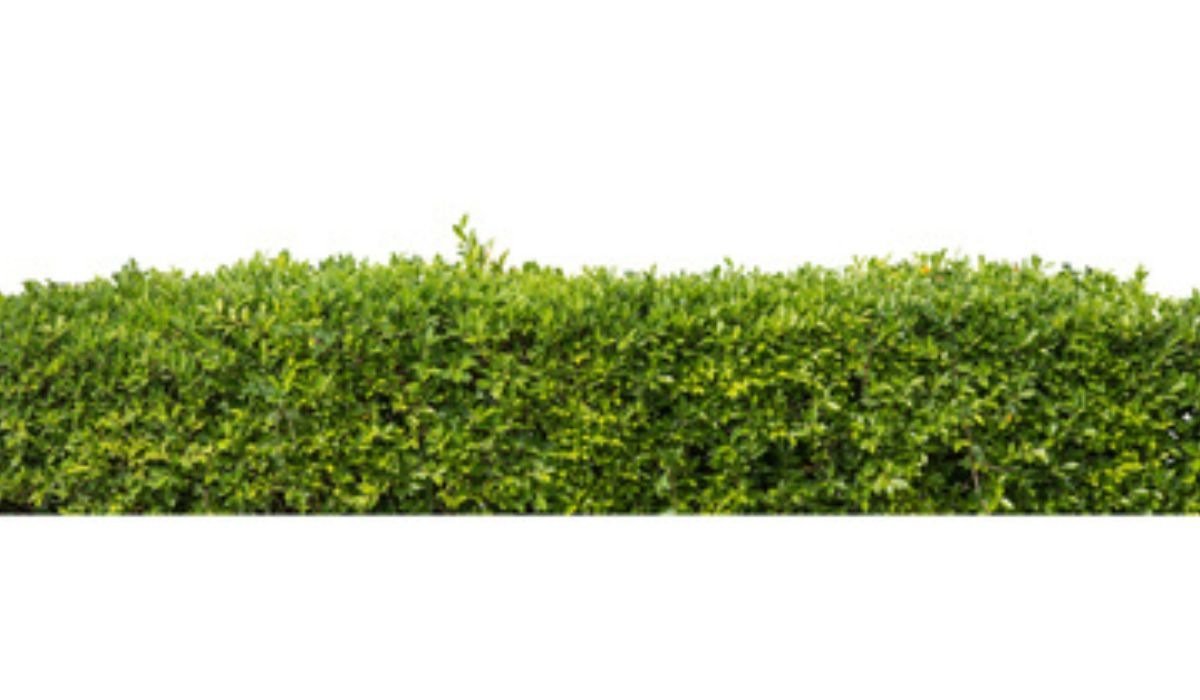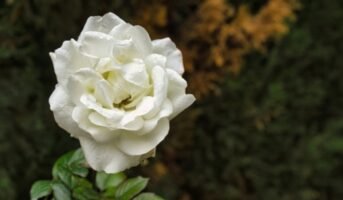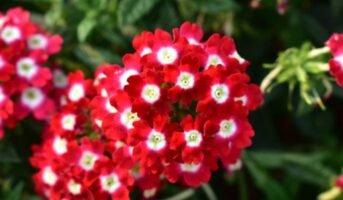What are bushes?
Bushes are small plants in comparison to trees with multiple wooden stems. The bushes’ branches can be erect or stay close to the ground. This plant’s height ranges from about 20 feet. Bushes are best to decorate homes as indoor plants due to their small height, and they are best suitable to decorate your balconies or terrace. Bushes can be distinguished easily due to their small stature and bushy structure. They can be either green leaves or flowering plants. Maintain well-draining soil and add plenty of organic fertilizers in the spring and summer. The ideal soil pH is 6.0-7.0, but bushes can tolerate acidic soils as well as alkaline ones.
.
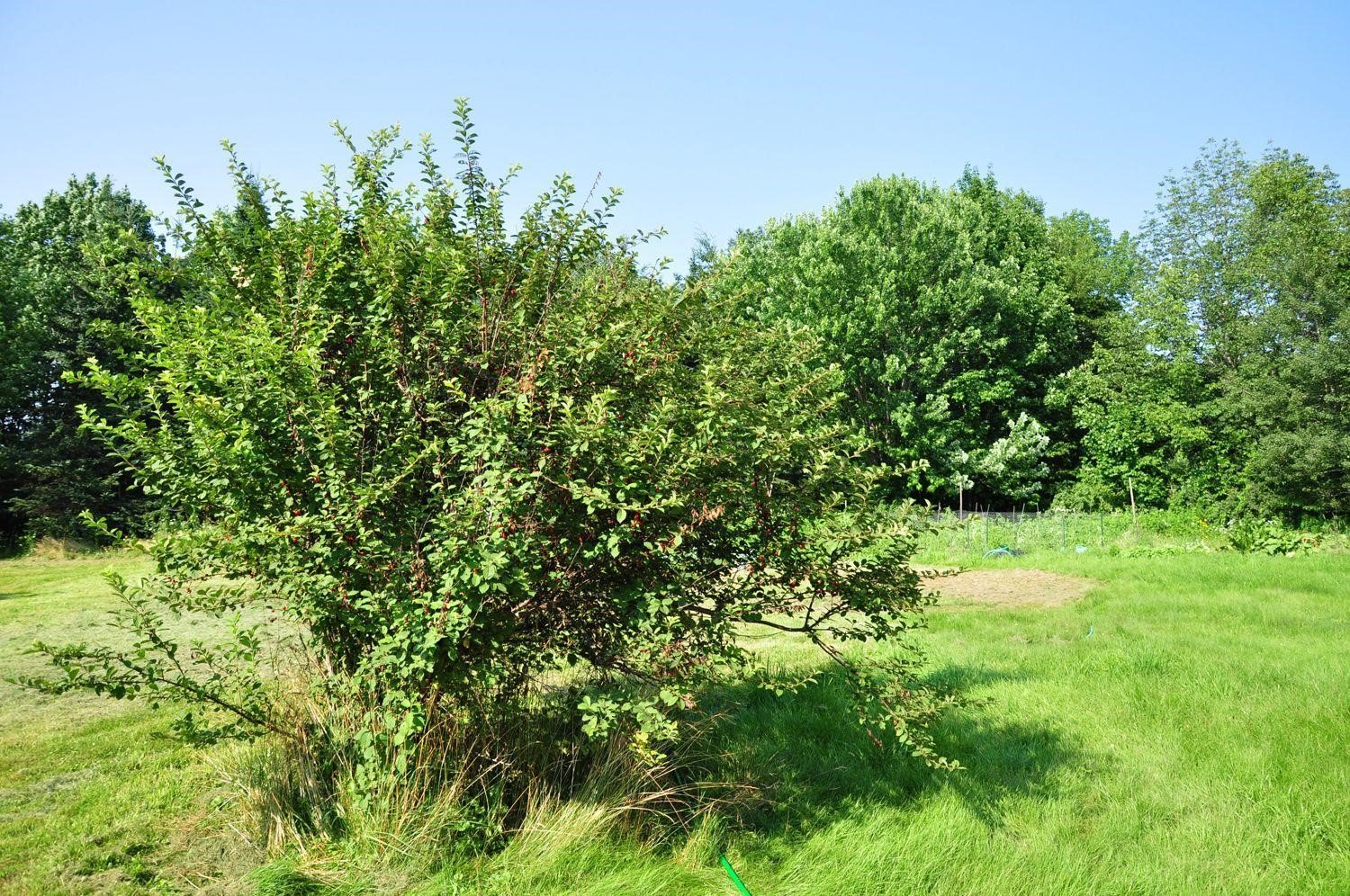
Source: Pinterest
Bushes: Types
There are more than 100 types of bushes present worldwide. Mentioned are some main types of bushes distinguished by season and color –
Broadleaf evergreen bushes: These types of bushes stay green throughout the year regardless of the season or time they’re planted. However, when observed closely, a little difference is visible in the color of these bushes. Examples of these types of bushes are gardenia, camellia, etc.
Deciduous bushes: These types of bushes do not stay green throughout the year but shed and change color due to changes in weather conditions throughout different seasons. These bushes are usually bright in color before shedding their leaves for winter. Examples of these types of bushes are honeysuckle, lilac, etc.

Source: Pinterest
Needled- Evergreen bushes – As the very name suggests, the shapes of these types of bushes are needle-like. They stay green in color throughout the year. Examples of these types of bushes are – pine, yew, juniper, etc.
Bushes: Characteristics
Bushes possess many characteristics, and they can be used to discriminate or distinguish them from other plants. Below are some of them-
- Multiple stems – They do not have a central trunk but instead have multiple branches close to the ground and originate from it.
- Bushy leaves – As the very name suggests, their leaves are precisely of the exact nature as their name. They are dense.
- Provide shelter – Bushes protect tiny organisms and provide them with better weather conditions to sustain.
- Hardy plants – Bushes are hardy plants as they can grow in any condition and soil regardless of fertility. It can grow in infertile soil as well.
- Grows better in sunlight – Bushes grow better under other weather conditions. That’s the reason why they’re popularly known as seasonal plants.
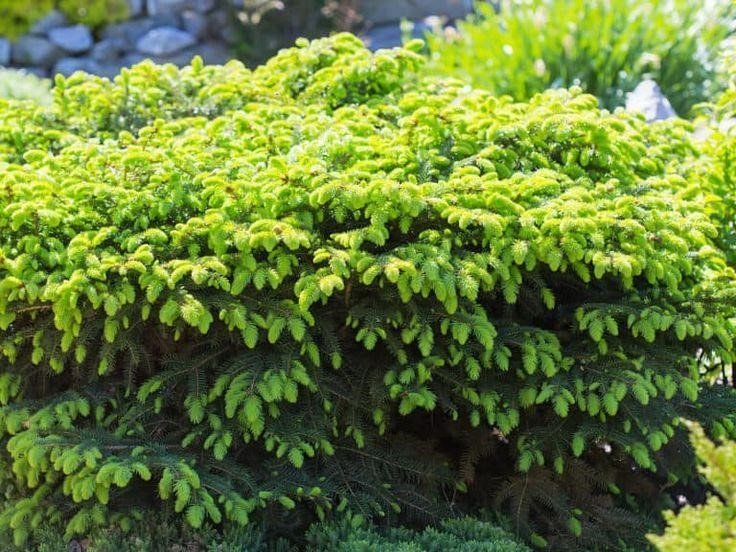
Source: Pinterest
What are the benefits in bushes?
Easy to grow when planted in the correct soil and climate, bushes offer great benefits.
- Bushes can be used as landscaping. Bushes or shrubs are used well as demarcation and natural boundary. It is a form of permanent planting and is mostly used for gardening, background screens, and fences.
- Bushes are evergreen trees and due to this quality, they contribute to gardening and acquire ornamental value so they are used for beautification purposes due to their different, attractive, and bright colors. They add beauty to the house and this increases the value of the property.
- Bushes are evergreen and environmentally friendly, adding greenery to the surrounding so they also keep noise and dust away. So, it prevents noise and air pollution.
- Bushes help in conservation as it prevents soil erosion and it does not let the soil erode. Bushes also help improve the air quality
- Bushes provide shelter for small organisms or animals where the weather conditions are extreme i.e. either barren lands or freezing situations.
- Shrubs also make up as a healthy snacking option.
Botanical structure
The botanical structure of a bush mainly describes a woody plant that is small in height and has multiple stems that originate from the base. The bush’s structural form is categorized into two types, i.e., bushes with 2-8m height and bushes with a size less than 2m.
Bushes with 2-8m heights
Bushes with a cover of 70-100℅ – closed shrub
Bushes with a cover of 30-70℅ – open shrub
Bushes with a cover of 10-30℅ – tall shrubland
Bushes with a cover of less than 10℅ – tall open shrubland
Bushes with less than 2m height
Bushes with a cover of 70-100℅ – closed heath
Bushes with a cover of 30-70℅ – heath
Bushes with a cover of 10-30℅ – low shrubland
Bushes with a cover of less than 10℅ – low open shrubland
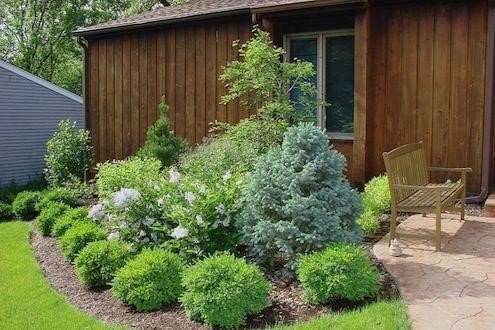
Source: Pinterest
Functions
- Bushes are used for beautification in parks, gardens, or even homes due to their bright colors.
- Bushes help animals and tiny organisms by providing shelter in extreme weather conditions.
- Bushes help provide greenery to the environment and assist in environmental conservation by preventing soil erosion.
- Bushes are helpful as they provide fruits, roots, and leaves for other purposes.
Bushes: How to plant shrubs
- Step 1 Make sure the holes created for planting are proper, i.e., perfect depth, not too high nor too low. Then, prepare the cavity and dig a space as twice as the roots of the bush or shrub and make sure that the shrubs are not planted close to each other as it won’t be possible to get the basic requirements needed to grow.
- Step 2 Now, it’s time to transplant. First, remove the plant from its container and place the root ball in the space you dug.
- Step 3 Backfill the soil while carefully placing the root ball in the hall to support the plant.
- Step 4 Water the shrub, ensuring the entire root ball gets moist.
- Step 5 Adding a layer of compost to the soil is a must. It helps to prevent weeds ensuring new plants get proper nutrients.
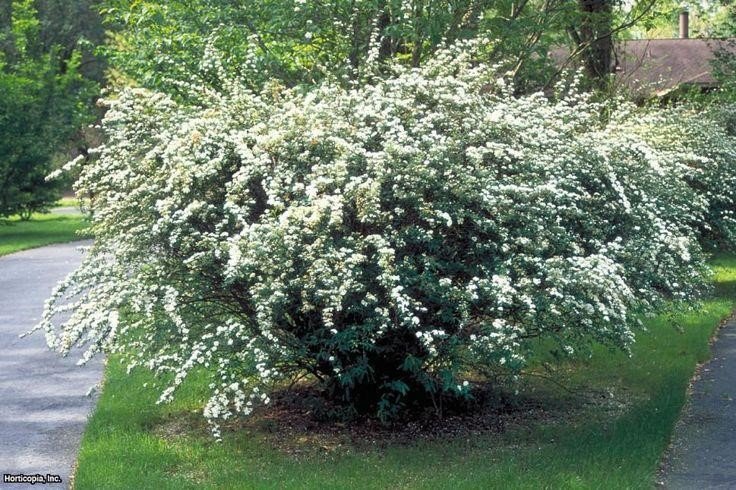
Source: Pinterest
Bushes: When to plant?
The best time to grow bushes, any tree or shrub is winter or spring, as it takes less effort to grow plants in summer, but it requires a lot of care and watering. On the other hand, it’s easy to grow plants in winter or fall rather than summer. Of course, container plants can be produced at any time of the year, but still, it’s best to be grown in winter or fall.
Bushes: Where to plant
This question raises another question: “What kind or a variety of shrubs have you chosen to plant”? or “Where are you planting?” and “What are the conditions in your backyard or garden where you are planting? Different kinds of shrubs need other favourable conditions to grow.
FAQs
Where do bushes grow best?
Shrubs grow best where the shrub gets plenty of sunlight and rainfall.
Name the top 5 easiest shrubs to maintain.
Gold spiraea, Hydrangea, Cherry pie rosa, Arborvitae and Weigela
What side of my house should I plant a garden on?
South facing garden is best as it receives plenty of sunlight.
What is the most popular shrub?
Rose is the most popular shrub.
Housing News Desk is the news desk of leading online real estate portal, Housing.com. Housing News Desk focuses on a variety of topics such as real estate laws, taxes, current news, property trends, home loans, rentals, décor, green homes, home improvement, etc. The main objective of the news desk, is to cover the real estate sector from the perspective of providing information that is useful to the end-user.
Facebook: https://www.facebook.com/housing.com/
Twitter: https://twitter.com/Housing
Email: [email protected]
